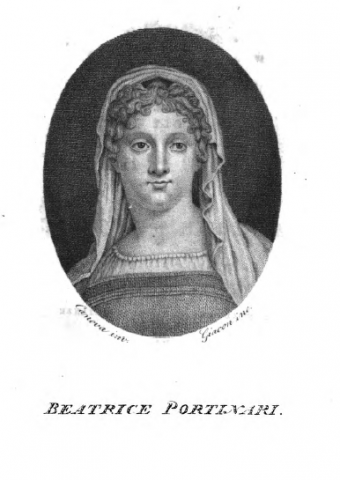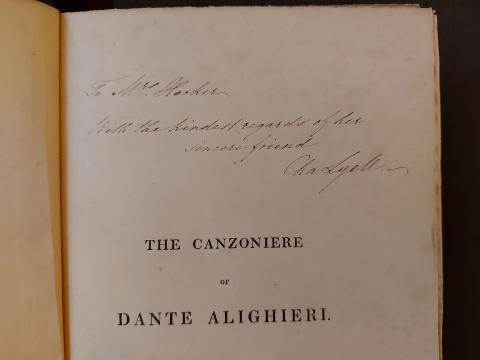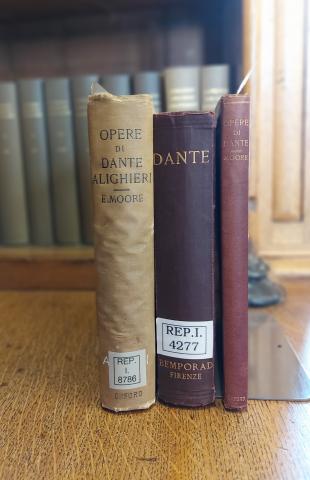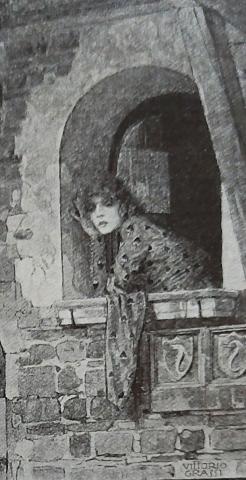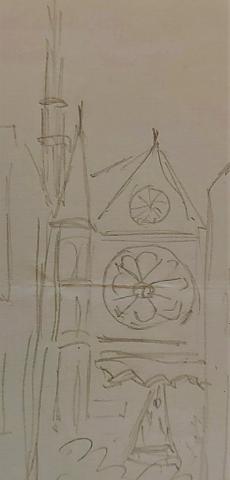Modern Editions (19th-20th century)
From the sixteenth century through to the eighteenth century, Dante’s works did not enjoy much success. The Commedia, of course, was still widely read, but Dante was not considered to be the foremost Italian author. Dante came back to prominence in the second part of the eighteenth century, and his renewed fame flourished when in nineteenth-century medievalism and national philology he came to be considered the ethical father of Italian literature and culture. In Britain and especially in England, Dante’s popularity experienced sudden and spectacular growth at the end of the eighteenth century. Dante was one of the most popular authors among Romantic writers, and his success did not falter during the Victorian era. In the nineteenth century, Dante’s lyric corpus was published many times and, particularly following the Romantic period, was considered as a cohesive songbook, a book of poetry narrating Dante’s life and love stories.
The section of the exhibition dedicated to the editions of Dante’s lyric poetry spanning the period from the 1820s to the 1930s is but a selection of works from the Taylor Institution Library’s vast collection of modern Dantean editions. In 1876 Edward Moore, Principal of St Edmund Hall and leading scholar, founded the Oxford Dante Society. He went on to curate the first edition of the whole oeuvre of Dante in one single volume: the so-called “Oxford Dante,” which was first published in 1894 and then reprinted several times over the following decades. These two enterprises represent the academic pinnacle of the British cult of Dante. The Taylor Institution Library holds several copies of the “Oxford Dante,” some of which belonged to Moore and bear his autograph notes (the notes mostly relate to typographical errors to be corrected in further editions of the volume). The exhibition shows some examples of his and Paget Toynbee’s editorial work on Dante.
The section of the exhibition dedicated to the editions of Dante’s lyric poetry spanning the period from the 1820s to the 1930s is but a selection of works from the Taylor Institution Library’s vast collection of modern Dantean editions. In 1876 Edward Moore, Principal of St Edmund Hall and leading scholar, founded the Oxford Dante Society. He went on to curate the first edition of the whole oeuvre of Dante in one single volume: the so-called “Oxford Dante,” which was first published in 1894 and then reprinted several times over the following decades. These two enterprises represent the academic pinnacle of the British cult of Dante. The Taylor Institution Library holds several copies of the “Oxford Dante,” some of which belonged to Moore and bear his autograph notes (the notes mostly relate to typographical errors to be corrected in further editions of the volume). The exhibition shows some examples of his and Paget Toynbee’s editorial work on Dante.

